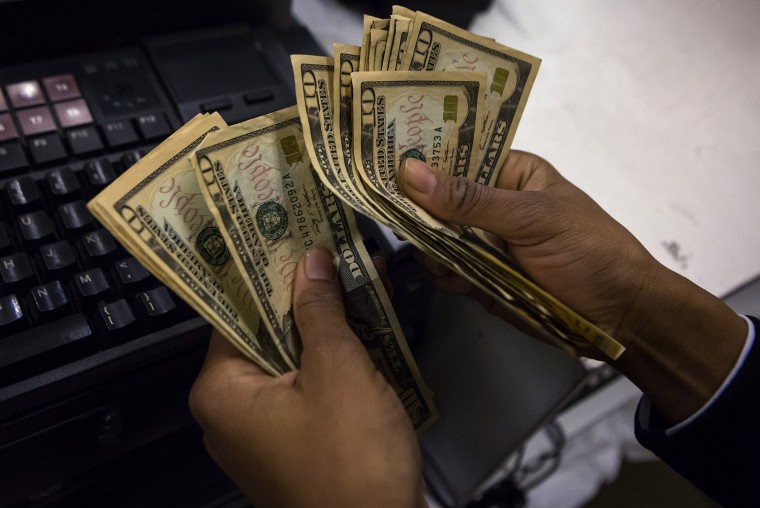Four years after the Great Recession ended, the recovery is gaining steam. But is the economy in good health? The answer depends on the distinction economists make between short-term trends and long-term ones.
Short-term trends—what economists call the “business cycle,” that is, the period from one growth peak to the next—are typically all that matter in politics, especially in this age of 24-hour news, and most especially when the recovery has been as weak as the current one.
Long-term, or what economists call “secular” trends, reflect deeper currents in the economy—fundamental changes in how it works that are best understood only after the fact. Discussion of present secular trends are speculative and typically the stuff of think-tank panels.
The latest short-term news has been good. In the period from July through September—the most recent data available—Gross Domestic Product grew at 4.1%, which is faster than it’s grown since the fourth quarter of 2011. This news comes two weeks after a jobs report showed unemployment falling to 7%, the lowest it’s been since 2008. “I firmly believe that 2014 can be a breakthrough year for America,” President Obama said at a December 20 press conference, citing as Exhibits A and B the rising employment and GDP statistics.
The latest long-term news, speculative though it is, is not so good. Lawrence Summers, former director of the National Economic Council under Obama, has lately suggested we might be in a period of “secular stagnation,” which would mean either that the recovery won’t last or that it will be weaker than we’d ordinarily expect, with the result that unemployment will remain high. Paul Krugman of The New York Times has made a similar argument.
The evidence Summers cites for this gloomy prognosis is: a.) until now the recovery has been weak; b.) the growth that preceded the Great Recession was nothing to write home about and driven largely by people buying stuff on credit that they couldn’t actually afford; c.) interest rates are too low to leave much room for the kind of Fed stimulus that really boosts investment; d.) such circumstances discourage spending and cause investors, consequently, to delay investment.
Why is this happening? One possibility, advanced by Joseph Stiglitz, a Nobel-prizewinning economist and author of The Price of Inequality, is that the inequality chickens are coming home to roost. The middle class lacks sufficient funds to stimulate the economy through consumption, to get a college education, to start a business, or to provide the Treasury with sufficient revenue to promote more economic stimulus. Meanwhile, the rise of the one percent has led to destructive boom and bust cycles.
Another theory, promoted by Daniel Alpert in his recent book The Age of Oversupply, is that the global workforce has been flooded with three million new workers from former communist countries and China who don’t consume very much, thereby increasing U.S. unemployment while leaving U.S. capital nowhere to go except into the domestic credit market, where it creates dangerous bubbles. The extremely high percentage of workers who have left the workforce entirely—which accounts for most of the reduction in the official unemployment numbers—would seem to be evidence favoring Alpert’s thesis.
Alternatively, we might just be waiting for the business cycle to do its work. Jared Bernstein, former economic adviser to Vice President Joe Biden, suggests that so much debt piled up before the Great Recession that perhaps the recovery was bound to be excruciatingly slow. That’s more or less the theory favored by Harvard economists Carmen Reinhart and Kenneth Rogoff, who say recoveries that follow financial crises and housing busts are always especially slow. Harry Holzer, a professor of public policy at Georgetown, notes that government policies such as this year’s payroll tax increase, the sequester, and the imminent cut in unemployment benefits are slowing the recovery.
One index Holzer suggests of whether our economic woes are short-term or long term is how high GDP growth goes. If it rises to 5 or 6%, then the current recovery will start to resemble earlier ones and the economy’s woes can be judged cyclical. But if it stays in the range of 3 to 4%, the economy’s problems are probably going to last awhile, and fixing them will require more drastic changes in economic policy.
